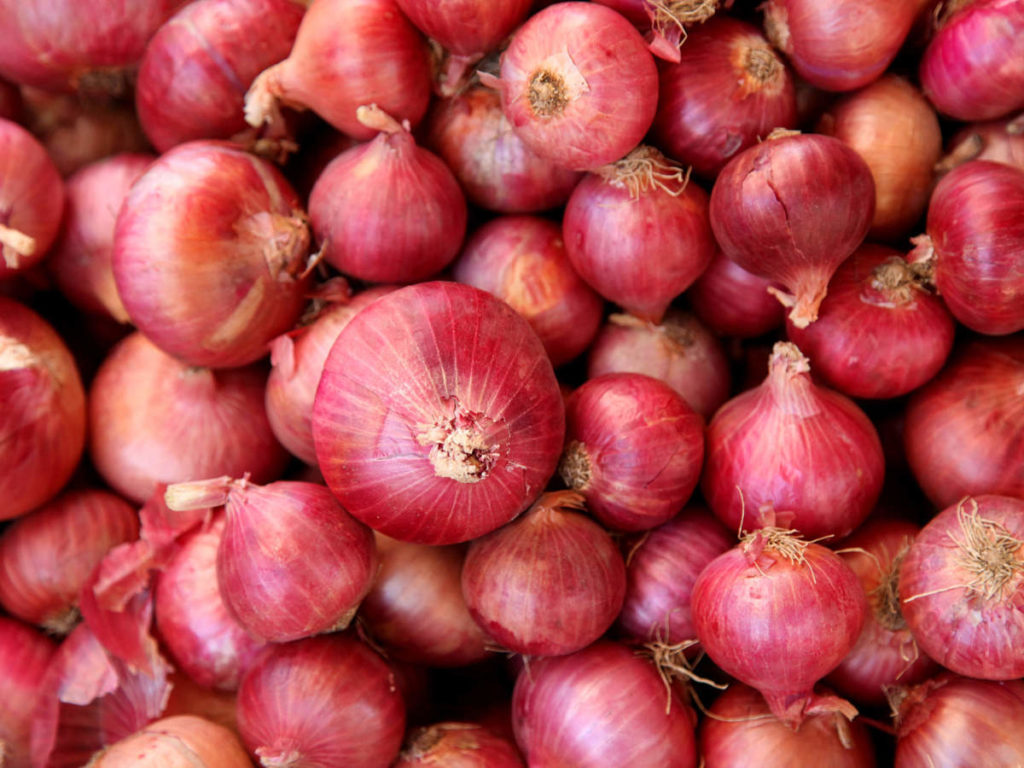





Many archaeologists, botanists, and food historians believe onions originated in central Asia. Other research suggests onions were first grown in Iran and West Pakistan. It is presumed our predecessors discovered and started eating wild onions very early – long before farming or even writing was invented. Very likely, this humble vegetable was a staple in the prehistoric diet.
Most researchers agree the onion has been cultivated for 5000 years or more. Since onions grew wild in various regions, they were probably consumed for thousands of years and domesticated simultaneously all over the world. This vegetable may be one of the earliest cultivated crops because they were less perishable than other foods of the time, was transportable, was easy to grow, and could be grown in a variety of soils and climates. In addition, this vegetable was useful for sustaining human life. They prevented thirst and could be dried and preserved for later consumption when food might be scarce. While the place and time of the onion’s origin is still a mystery, many documents from very early times describe its importance as a food and its use in art, medicine, and mummification.
As of June 2019:
This vegetable, due to its popularity, is grown all across Australia. However, the majority of the production occurs in southern Australia, including Tasmania. Additionally, some of the other production areas include the Lockyer Valley in Queensland, the Adelaide Plains in South Australia and the North-West region of Tasmania.